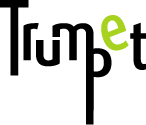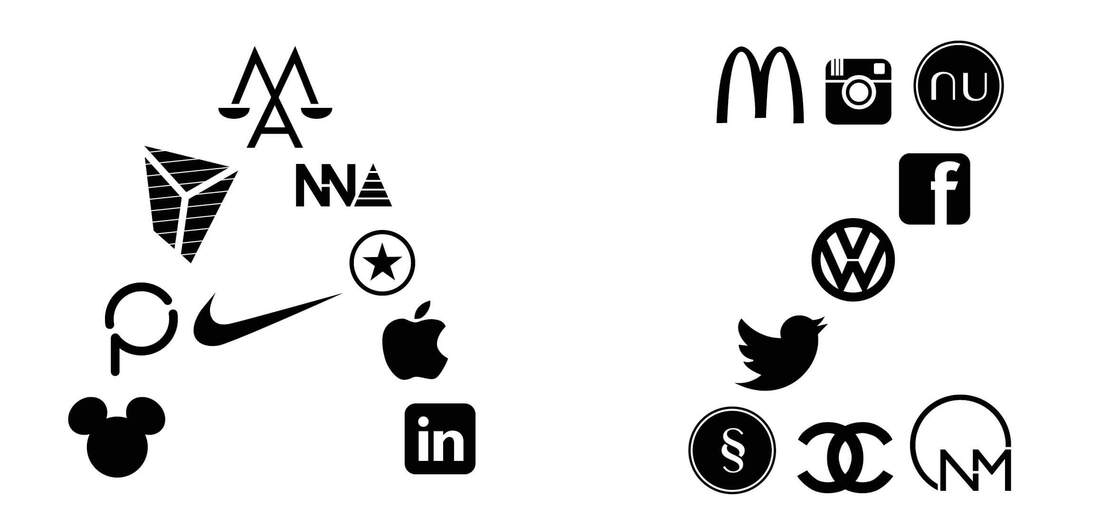|
Naming your business is the most challenging process of branding. Millions of names have already been registered by hundreds of thousands of businesses across the globe so finding, generating, choosing and purchasing the ‘right’ name is difficult. Very difficult. But it is critical.
The sound and feel of your business name should suggest what your business is all about. It should reflect the character of your business. How do you want people to feel when they read or hear this name for the first time? Your business name needs to be unique and memorable and it should be easy to say. The shorter, the better. You should also make sure that the name doesn’t translate into something inappropriate in a different language. There’s plenty of ways to go about developing a name for your business. Here’s 10 ideas and some successful examples. Use the founder’s name Hewlett-Packard (David Packard and William Redington Hewlett), Marks & Spencer (Michael Marks and Thomas Spencer), Boots (John Boot) and IKEA are a few examples. Ikea is named after the initials of its founder, Ingvar Kamprad, the farm where he grew up called Elmtaryd and Agunnaryd, the nearby village. Describe what it does Create a name that describes what the business does. Microsoft’s Internet Explorer is a perfect example of a descriptive name. Consumers use it to explore the Internet. Describe what it is Mark Zuckerberg originally wrote Facebook as a social network for the student community in Harvard where he himself was studying at the time. A face book is a printed or online directory found at American universities consisting of individuals’ photographs and names, helping students get to know each other. Make an acronym Richard Saul Wurman created TED to inspire greater communication between 3 industries: Technology, entertainment, and design. Make up a word The name Google came about by accident. Whilst trying to think up a name related to the indexing of an immense amount of data the words “googolplex,” and “googol” were suggested. Both words refer to specific large numbers. When they did a search of the domain name registry to see if Googol.com was still available they made the mistake of searching for the name spelled as “google.com ” instead. Pick a geographic origin Jeff Preston Bezos, the founder of Amazon.com, picked up a dictionary and scanned word after word until he discovered the word “Amazon”. He liked this name for two reasons. In the past, websites were listed alphabetically, which meant Amazon would always be higher on the page, giving a slight competitive advantage. And secondly, he picked the largest river in the world to communicate Amazon’s vast selection of books. Add a Prefix or Suffix You can turn a common word into a product name simply by adding a prefix or suffix to it. An example is Apple’s iPhone, iPad and iMac. BMW 2, 5, 7 series and Audi 2, 3, 4 and 6 series are examples of similar ‘naming systems’. Change Spellings Flickr and Liquid-Plumr use real words that are misspelled. It’s creative and helps when the name you want is already trademarked or the related domain names are already taken. Take a word out of context The name Matrix Electronics didn’t cut it. Apple Computer was named so after Steve Jobs’ visit to a commune he called an ‘apple orchard. Siri was also named by an Apple employee. Dag Kittalaus, the Norwegian co-creator of the voice-activated assistant had actually planned to name his daughter Siri, which means “beautiful woman who leads you to victory” in Norwegian. Until he had a son. Use a Verb You can use a verb as your product name, like Bounce dryer sheets or Apple’s iPod Shuffle. Some examples of brand names that have turned in to generic verbs are Skype, Hoover, Photoshop, Tipp-Ex and Google. |
Browse the categories below to read about all things branding.
All
|
- About
-
Portfolio
- Wicklows Historic Gaol
- INDI and NNA
- ONMSD
- HSE
- NU
- Dún Laoghaire-Rahdown County Council
- PacSana
- Saint John of God
- Origina
- End of Life Ireland
- Yes Dynamic
- Park Pets
- Matt Jones
- TEDx
- Naturally Cordial
- Flanagan Kerins
- HSCPA
- Wilfield
- Mandals Advokatene
- Gourmet Chef
- Dalkey Tidy Town
- Tax Advice
- Association Innovation
- 360me
- McKeon Homes
- Clinical Leadership Competency Framework
- Blue Rock Environmental
- Testimonials
- Contact
- BLOG

